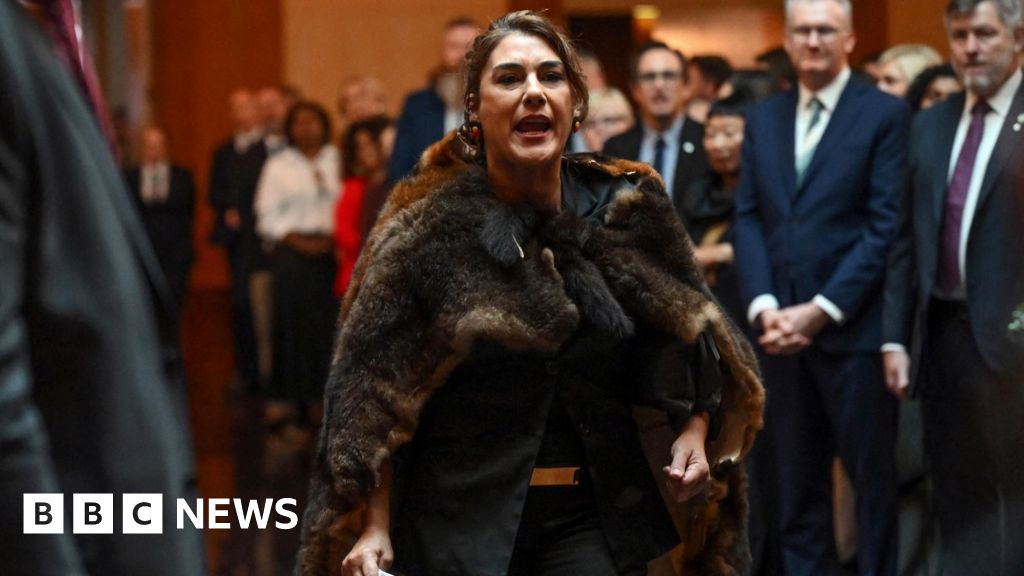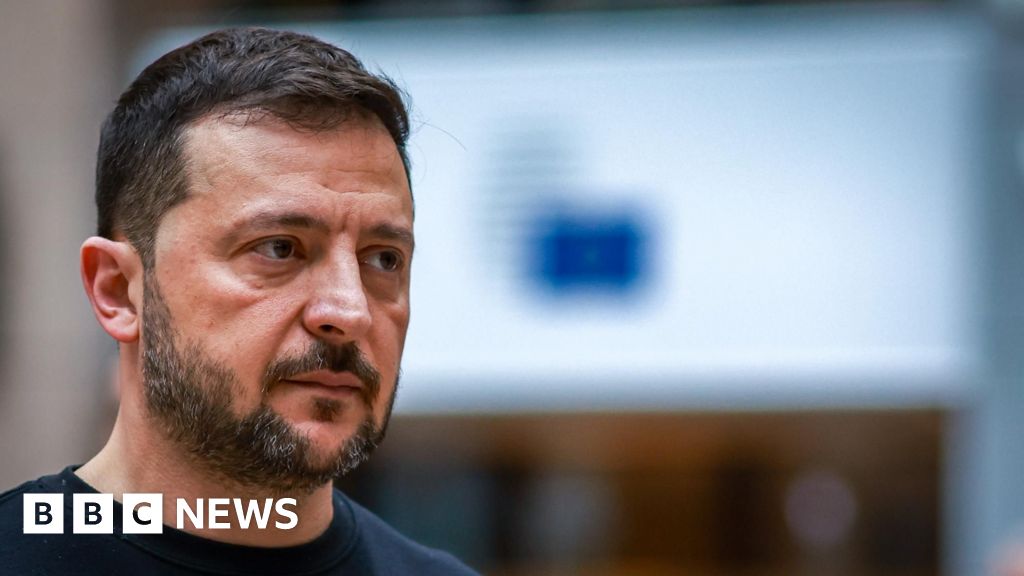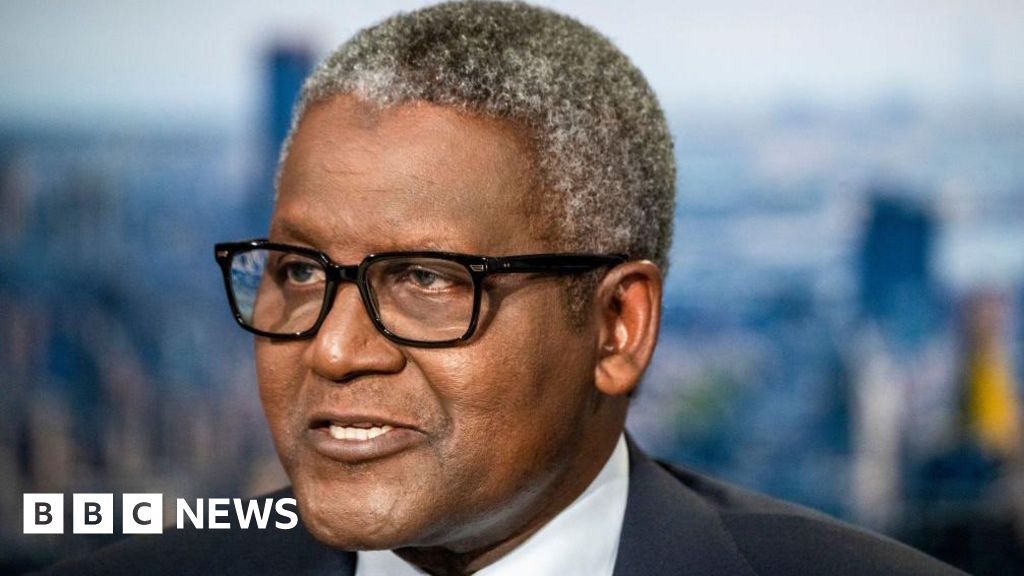ARTICLE AD BOX
Image source, Anadolu Agency via Getty Images
Image caption,Google Translate admits that "while this technology is impressive, it isn't perfect"
Global tech giant Google has added 24 new languages spoken by more than 300 million people to its Google Translate platform.
Ten of the new additions are in Africa, including Lingala, Twi and Tigrinya.
"For years, Google Translate has helped break down language barriers and connect communities all over the world," the US-based company said.
It added that it now wants to help those whose languages "aren't represented in most technology".
The new languages range from Bhojpuri, which is spoken by as many as 50 million people in northern India, Nepal and Fiji, to Dhiveri with its estimated 300,000 speakers in the Maldives.
The move now brings to 133 the total number of languages available on Google Translate.
The company says the new languages also represent a technical milestone, explaining that they use a machine learning model which learns to "translate into another language without ever seeing an example."
This can be useful for languages where large datasets of human translations, which can be used to train a computer, are not available.
But the company admits that the technology isn't perfect.
So will the translations be accurate? Some polyglots have noted problems with the languages already available.
"For many supported languages, even the largest languages in Africa that we have supported - say like Yoruba, Igbo, the translation is not great. It will definitely get the idea across but often it will lose much of the subtlety of the language," Google Translate research scientist Isaac Caswell told the BBC.
With the new languages, he said, it would be no different. But the people who helped in the research said it was a good place to start.
"In the end, we have to make the call. And my impression from other people I have talked to was that it was a very positive thing for them," Mr Caswell said.
In 2020, Google Translate added five new languages to the platform in what was then its first expansion in the past few years.

 2 years ago
26
2 years ago
26








 English (US)
English (US)